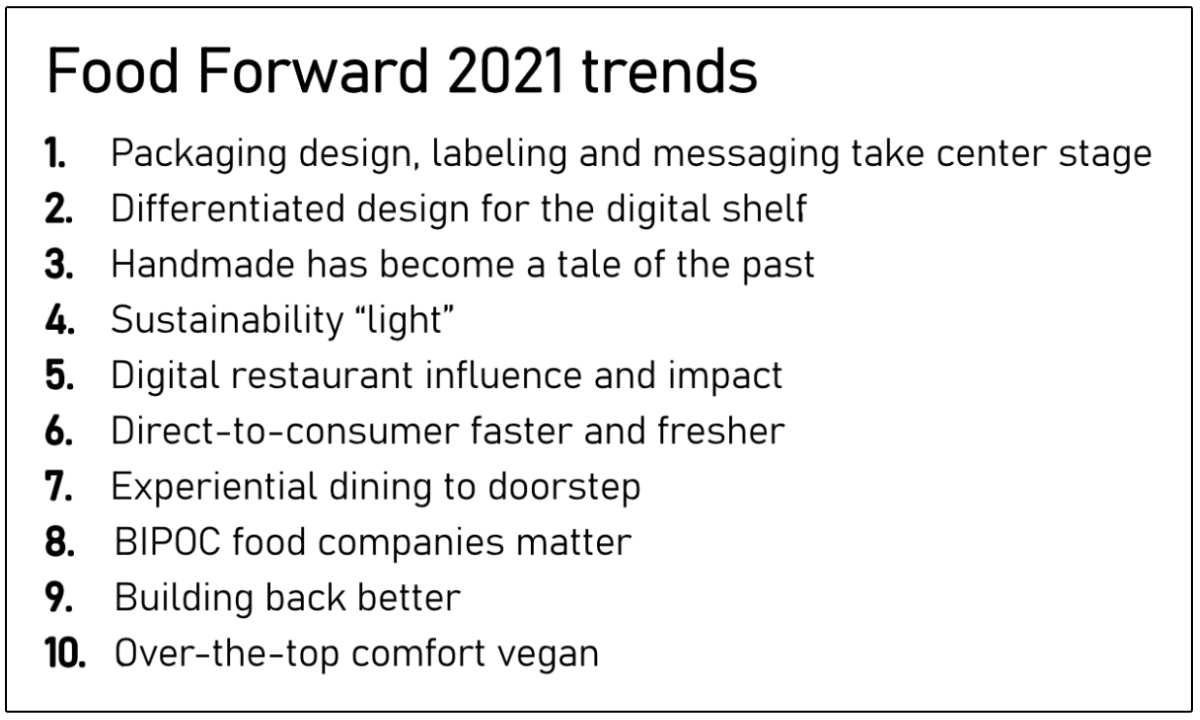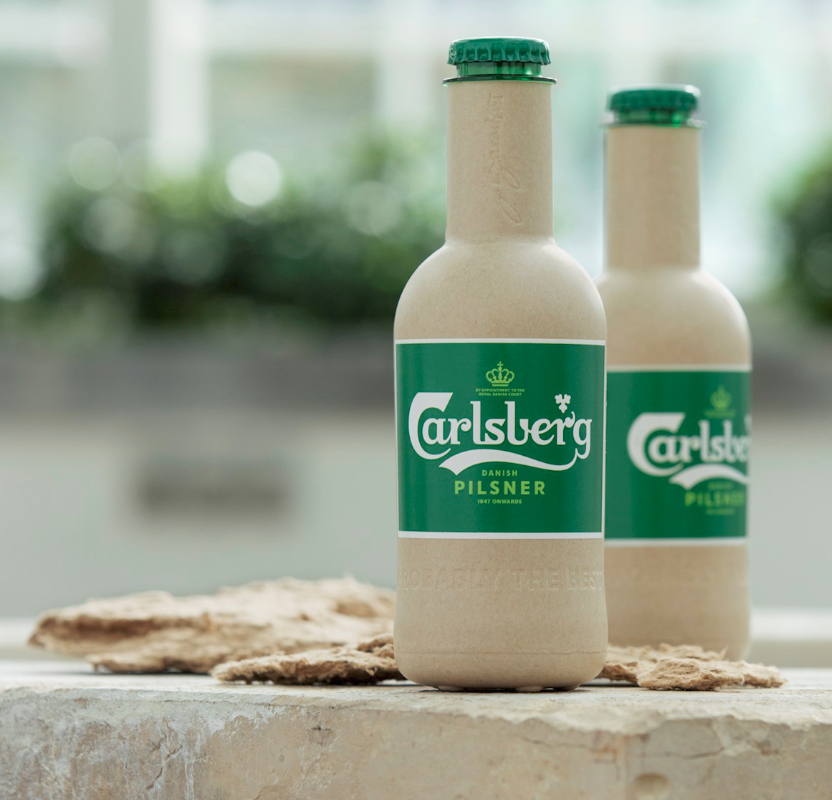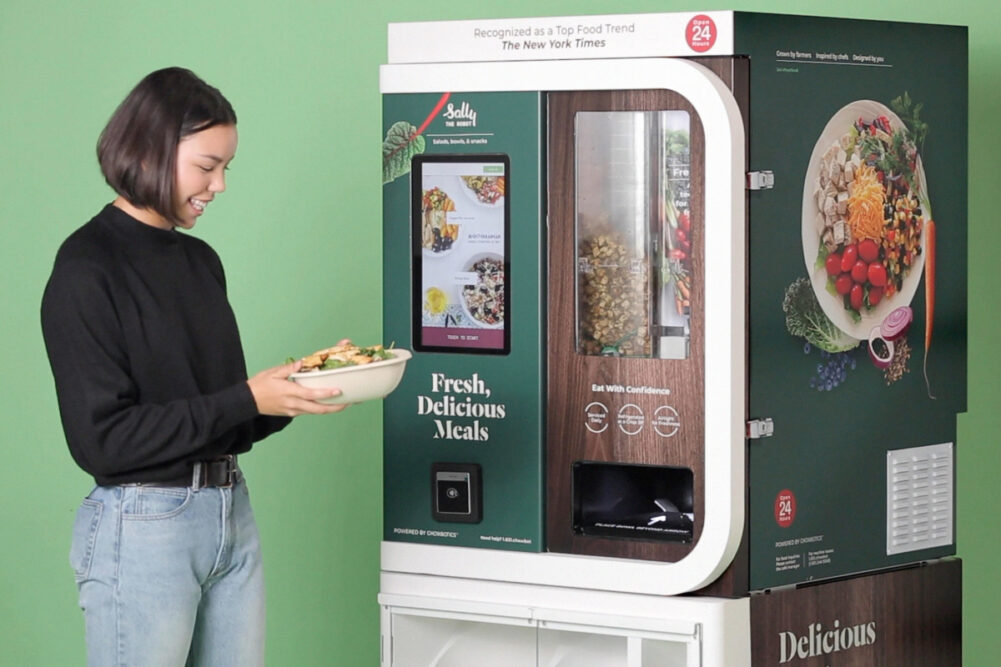BOULDER, COLO. — Words like “handcrafted” and “homemade” in the not-so-distant past signaled quality. Amid a pandemic, such terms may ring unappealing to consumers as contactless experiences become the norm.
“The last thing I want to think of right now is a grandma in her trattoria in Italy fondling my dough,” said Elizabeth Moskow, principal of consulting firm Bread & Circus Ltd. “I’d rather have some machine that’s sanitized every 20 seconds folding and mixing and proofing dough.”
Expect new claims such as “bot-made” and “sanitation verified,” as well as more automation in restaurant kitchens, she said.
“We’ve seen Sally the salad-making robot, and White Castle is using a bot called Flippy to flip its hamburgers,” Ms. Moskow said. “Are we going to start seeing cutesy names for robots in foodservice?”
Chalk it up to the many changes in how consumers dine and shop for food and drink since the coronavirus outbreak upended the marketplace this past spring. Packaged food brands and restaurant operators are adapting in ways that will likely continue into next year and beyond, Ms. Moskow said.
Each year, Ms. Moskow forecasts the top food and beverage trends, compiled in partnership with Spoonshot, a food innovation intelligence platform. Her predictions this year were informed by the sudden shifts in consumer behaviors brought on by COVID-19.
 Brands will need to communicate differently to capture consumers’ attention in the new environment. Packaging design, labeling and messaging are gaining greater importance, as “no-contact visual on-shelf shopping” takes hold, she said.
Brands will need to communicate differently to capture consumers’ attention in the new environment. Packaging design, labeling and messaging are gaining greater importance, as “no-contact visual on-shelf shopping” takes hold, she said.
“You want consumers to engage with your products, but that term engagement has moved towards more contactless and more visual engagement,” Ms. Moskow said. “Make sure all packaging and labeling and messaging is front and center, loud and proud. You can see it without using a magnifying glass or having to touch it to spin the package around.”
Similarly, brands selling online should develop digital strategies to stand out among a much broader competitive set. A kombucha brand, for example, may appear in an online search for functional beverages, probiotics or tea, Ms. Moskow said.
The emergence of digital restaurant concepts is expected to continue, as operators recognize the upside of preparing food for takeout and delivery only. In addition to saving money on overhead and labor, ghost kitchens empower flexibility and creativity in menu innovation, Ms. Moskow said.
“There’s a lot of consumer testing and digital-driven decision-making about what kinds of products are delivering well beyond pizza and wings, and who’s the market,” she said. “It used to be all young millennials and Gen Z were the mega users of on-demand food delivery. Now COVID has really pushed that onto different generations adopting that behavior.”
Even celebrities may become digital restaurateurs. Rapper Wiz Khalifa recently partnered with a ghost kitchen company to lend his name to a new brand called HotBox, described as a “top-shelf munchie menu” including macaroni and cheese, three-bean chili and a turkey burger.
 “Entire food genres can now be created, curated and customized at the speed of the Internet,” Ms. Moskow said.
“Entire food genres can now be created, curated and customized at the speed of the Internet,” Ms. Moskow said.
As consumers continue to pine for dine-in experiences, chefs, sommeliers and brew masters are offering virtual tastings and pairings to be enjoyed at home. Many restaurateurs have partnered with grocery chains to sell signature items.
Restaurants also have the opportunity during the pandemic to evaluate and implement new food safety and service protocols, setting the stage for a resurgence in real hospitality, Ms. Moskow said. Additionally, in the wake of the Black Lives Matter movement, operators may support entrepreneurs of color by highlighting minority-owned suppliers on the menu.
“We already see specific wineries being highlighted on restaurant menus,” she said. “Why can’t that origin story include the fact that this is the Black-woman-owned champagne business? That’s an interesting story, and it gives consumers a way to support these entrepreneurs with their dollars.”
The pandemic has given rise to “faster and fresher” direct-to-consumer commerce as supply chain disruptions led some farmers, fishermen and ranchers to discover alternative ways to sell product, Ms. Moskow said. An organic farm in the Denver area, for example, began delivering fresh produce and other foods to consumers’ doorsteps.
“I think once consumers understand that they can get these things direct from the farm or the ranch, that’s something that will continue for people who plan because the cost savings and the quality and the value and the freshness that comes from eliminating the time it takes to go through that middle man is beneficial,” she said.
 The pre-pandemic movement to ditch single-use plastic and non-compostable packaging was put on hold as takeout and delivery surged, leading to shortages of sustainable and sturdy to-go container options. Interest in plant-based packaging nearly doubled between 2018 and 2019, but plummeted this year, according to Spoonshot data.
The pre-pandemic movement to ditch single-use plastic and non-compostable packaging was put on hold as takeout and delivery surged, leading to shortages of sustainable and sturdy to-go container options. Interest in plant-based packaging nearly doubled between 2018 and 2019, but plummeted this year, according to Spoonshot data.
“Consumers didn’t really care so much that they were getting Styrofoam or non-compostable packaging because they knew if they got compostable packaging delivered by Uber Eats the food integrity might suffer,” Ms. Moskow said. “I think consumers as well as ‘woke’ restaurateurs are really starting to understand the damage done by providing that kind of packaging into the world, so they’re starting to find other ways to package something that stands up to food delivery and keeping intact while being more recyclable.”
New packaging innovation on the horizon includes a beverage bottle made from sustainably sourced, food-safe wood pulp, she said.
A resumed push for sustainability may also involve a wave of innovation in plant-based foods and beverages. Ms. Moskow identified “over-the-top comfort vegan” as a leading trend in 2021, as product developers raise the bar on taste in meatless and dairy-free offerings. Examples include cashew-based queso and crispy cauliflower wings.
“I think we’re going to start seeing people make the jump from flexitarian to vegan because it’s easy and delicious,” Ms. Moskow said.





